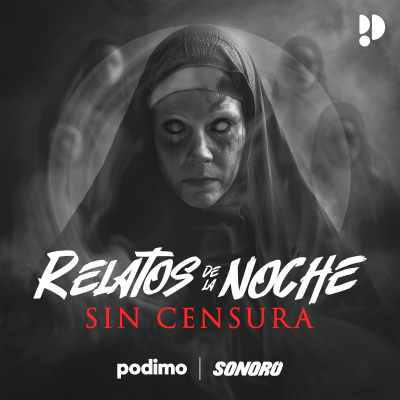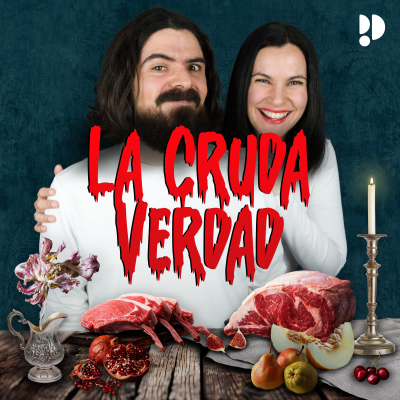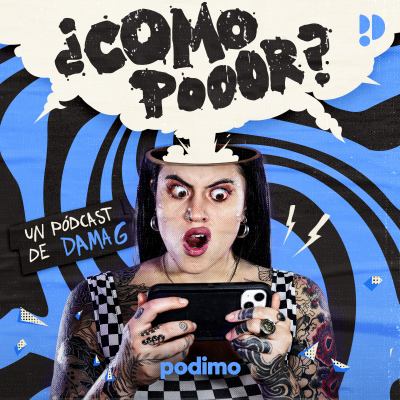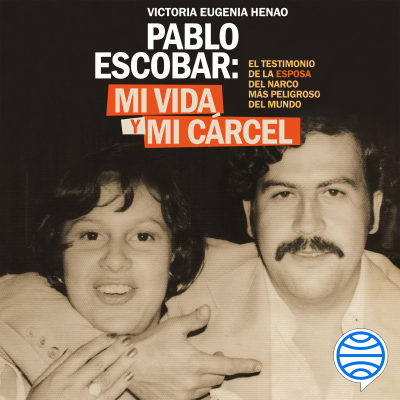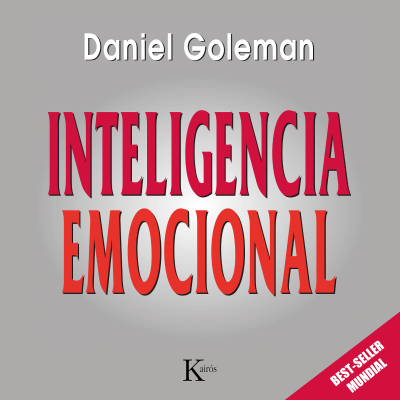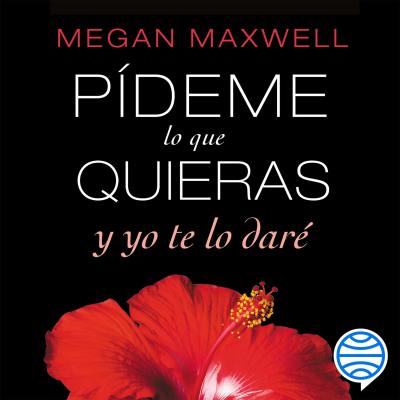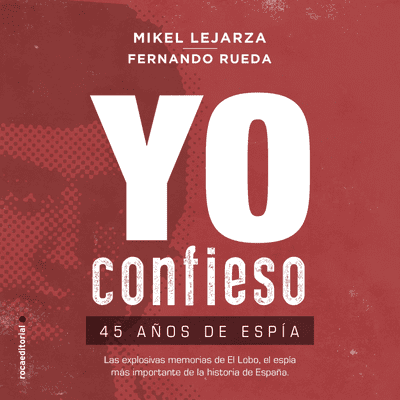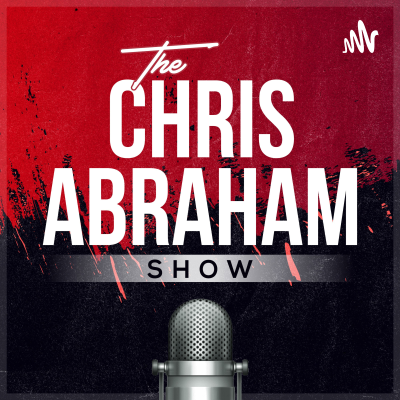
The Chris Abraham Show
Podcast de Chris Abraham
Empieza 7 días de prueba
$99 / mes después de la prueba.Cancela cuando quieras.
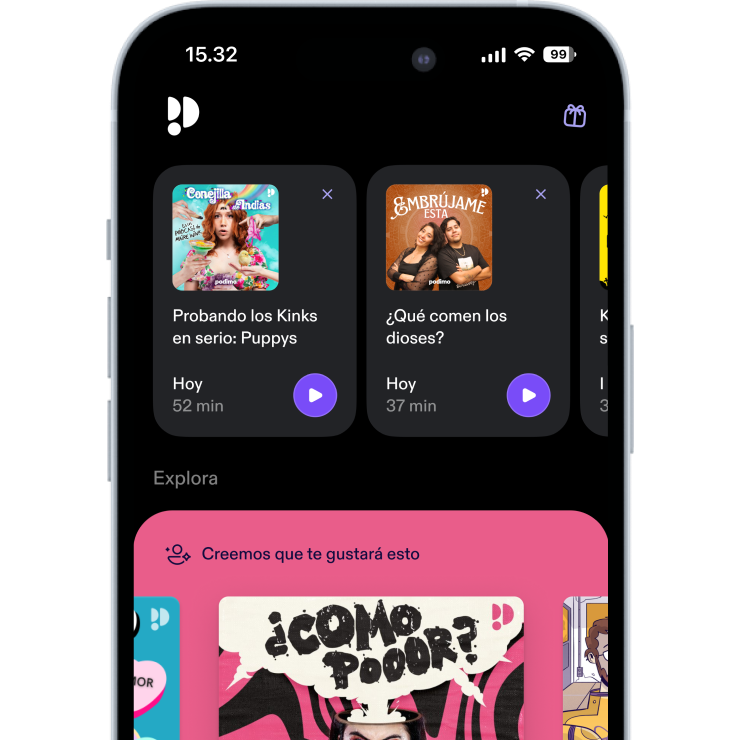
Más de 1 millón de oyentes
Podimo te va a encantar, y no estás solo/a
Rated 4.7 in the App Store
Acerca de The Chris Abraham Show
tl:dr: Just a 55-year-old cisgender white male mansplaining his own self-importance. But good. Full Summary: The musings of Chris Abraham as he aspires to know the world and himself while getting healthy, losing weight, becoming fit, and running his small business while living in South Arlington, Virginia. Walk with him a while and see what's up.
Todos los episodios
405 episodiosThe provided text argues against the widely accepted narrative that Russia's 2022 invasion of Ukraine was unprovoked. It asserts that Western actions, particularly NATO's eastward expansion and interference in Ukrainian politics, served as long-term provocations. The author cites warnings from figures like George Kennan and William Burns, alongside Vladimir Putin's own statements, highlighting Russia's consistent opposition to these moves. Furthermore, the text suggests that the 2014 Maidan uprising was not a purely spontaneous event but rather was significantly influenced by Washington, leading to a civil war in Donbas that predated the 2022 invasion. Ultimately, the source contends that the conflict was "cultivated, warned against, and made inevitable" by decades of Western policy, emphasizing that the narrative of an "unprovoked war" ignores crucial historical context.
The story we’ve been told is simple: in February 2022, Vladimir Putin woke up one morning, decided to invade a peaceful, democratic Ukraine, and launched an “unprovoked war.” That’s the official narrative. But history is never that simple. From the 1990s onward, Moscow warned that NATO expansion into its backyard was a red line. Gorbachev and later Yeltsin were assured that the alliance would not creep eastward. Yet step by step—Poland, Hungary, the Baltics, talk of Georgia and Ukraine—NATO advanced. To Washington, enlargement was “stability.” To Moscow, it was encirclement. The real break came in 2014. Ukraine’s elected president, Viktor Yanukovych, leaned toward Moscow on trade and energy. That was unacceptable to Washington and Brussels. When mass protests erupted in Kyiv, the U.S. wasn’t a bystander. Assistant Secretary of State Victoria Nuland and Senator John McCain both appeared on the ground, cheering the crowds. In a leaked call, Nuland infamously dismissed Europe’s hesitance—“F*** the EU”—while handpicking who should form the next government. To Moscow, this was regime change with CIA, State, and USAID fingerprints all over it. The revolution ousted Yanukovych and installed a Western-leaning government. Overnight, Ukraine shifted from Moscow’s orbit to Brussels’. What followed wasn’t peace. In Donbas, the Russian-speaking east rose in rebellion. Kyiv responded with force. Shelling, rockets, and artillery fire turned towns into rubble. Between 2014 and 2022, more than 14,000 people died in a grinding low-intensity war. For people in Donetsk or Luhansk, the war didn’t begin in 2022—it had already been burning for eight years. This backstory matters because it reframes 2022. Putin didn’t invade a neutral neighbor out of nowhere. He acted after decades of ignored warnings and eight years of bloodshed in the Donbas. Was the invasion brutal? Yes. Was it unprovoked? Hardly. Critics will call this “carrying water for Putin.” But acknowledging how the West lit the fuse doesn’t absolve Moscow of blame. It explains why Russia saw the stakes as existential. When Ukraine amended its constitution to commit to NATO membership, Moscow heard one message: eventually, U.S. missiles could sit 300 miles from Moscow. For a nuclear power that lost 27 million lives in World War II, this wasn’t abstract. The West believed sanctions would collapse Russia’s economy and that Putin would face regime change. Instead, Moscow built its own military-industrial base, deepened ties with China, India, and the BRICS bloc, and weathered the storm. Far from isolating Russia, the war accelerated a global realignment away from dollar dominance. Meanwhile, Ukraine—brilliant engineers, fertile farmland, energy transit routes—has become a pawn. Western politicians invoke democracy while oligarchs, defense contractors, and energy interests profit. Hunter Biden’s Burisma board seat was not an outlier; it was a symptom of how entangled Washington had become in Ukraine’s internal affairs. This isn’t a defense of Russia’s invasion. It’s a reminder that wars don’t appear overnight. They build. They escalate. They ignite only after a fuse has been laid. In Ukraine, that fuse was NATO expansion, the 2014 coup, and the long, bloody stalemate in Donbas. The world didn’t start burning in 2022. We just finally saw the explosion.
Don’t Blame the Latte: Your Burn Rate Is Eating You AliveThe Silent Reason You’re Always Broke There’s a meme that won’t die: “Don’t blame me for my daily latte—it’s not why I can’t afford a house in America.” But here’s the rub: it isn’t the latte by itself. It’s the latte plus the Starbucks sandwich, the DoorDash dinner, the Amazon Prime, the Netflix, the Disney+, the YouTube TV, the Hulu, the gym membership you never use, the $1,200 phone you upgrade every two years, the Uber rides, the subscription boxes, the automatic monthly charges you don’t even notice anymore. Add them up, and suddenly you’re living like a Gordon Gekko yuppie from Wall Street—without actually being rich. That is your burn rate. And your burn rate is the silent killer of wealth. Most people don’t even know the term. In business, burn rate is how fast a startup burns through its cash. If your expenses outpace your revenue, the company dies, no matter how good the pitch deck looks. Now zoom out: your life is a company. Your paycheck is your revenue. Every “normal” convenience you’ve convinced yourself you’re entitled to is an expense. And most Americans are burning cash at a startup’s pace without ever realizing it. Think about it: a Starbucks venti caramel macchiato with extra pumps? Call it $7–$8. Add a pastry—because of course you did—and you’re at $12. Do that five times a week, and you’ve quietly spent $250 a month on coffee shop culture. That’s three grand a year. Add DoorDash: one burger meal for $14 becomes $28 after delivery fees, service fees, and tip. Do that three times a week? Another $350–$400 a month, five grand a year. Now add streaming: Netflix, $16. Disney+, $14. Hulu, $18. HBO/Max, $17. Paramount+, $12. YouTube TV, $73. Amazon Prime, $15. Suddenly your “cheap entertainment” costs $165 a month, nearly $2,000 a year. Keep tallying. The $1,200 iPhone with $40 monthly insurance. The $80 unlimited data plan. The fast fashion wardrobe that falls apart every season. The gym you don’t use. The Uber you grab instead of the bus because it’s “just ten bucks.” Before you know it, your “burn” is $3,000–$4,000 a month just to maintain a lifestyle you think of as normal. That’s $36,000–$50,000 a year—money that could be a down payment, an index fund, or a cushion against the next emergency. Contrast that with 1965: Dad made $6,900 a year. Mom stayed home. They had two or three kids. One family car, maybe a black-and-white TV. Vacations were once a summer, maybe to the beach or Grandma’s house. There was no burn rate in the modern sense. They didn’t pay subscriptions for entertainment—they had three channels. They didn’t replace phones every two years—they had one rotary phone on the wall for decades. A “splurge” was meatloaf with ketchup or maybe a color TV. Today’s “middle-class normal” would have looked like Rockefeller living to them. Now, I’m not wagging my finger. I’ve lived both sides. I rent a studio apartment. I cook bulk ground beef, eggs, and butter. I buy my watches used on eBay, my bags secondhand. My coffee is Café Bustelo brewed at home. My rower is a 20-year-old Concept2 I got for cheap. And still—I fall into the same trap as everyone else. I subscribe to every damn streaming service. I justify little “conveniences” that pile up. I know the burn rate game. Here’s the brutal truth: if you make $70k a year and your burn rate is $50k, you’re broke. If you make $200k and your burn rate is $190k, you’re broke. And no revolution, no socialism, no political system is going to fix that. Because the second you normalize luxuries as entitlements, you’ve built yourself a treadmill. And treadmills don’t make people rich. They just keep you running. Stop telling me a $7 latte doesn’t matter. Stop telling me the subscription stack doesn’t count. Add it up. Run the numbers. Look at your burn rate. That’s why you’re not rich.
Your Burn Rate Problem The provided text, "Your Daily Latte Won't Buy You a House — But Your Burn Rate Will Keep You Broke," argues that individual spending habits, labeled "burn rate," are the primary obstacle to financial stability and wealth building, rather than small discretionary purchases like a daily latte. The author contends that many Americans have adopted an unrealistically expensive "normal" lifestyle encompassing numerous subscriptions, frequent food delivery, luxury car leases, and excessive consumerism. This high burn rate, the text suggests, consumes income before any savings or investments can occur, making it impossible to achieve significant financial goals like homeownership. The article challenges the notion that these modern conveniences are essential and posits that wealth accumulation requires significant trade-offs and a reevaluation of what constitutes a "normal" expenditure.
America doesn’t crush its radicals—it deburrs them. Like a machinist running a grinder over sharp metal, the state and culture don’t always smash rebellion outright. Instead, they smooth its edges until it no longer cuts. This is how dissent is turned into fashion, slogans into branding, and movements into memories. Think about the radicals of the 1960s. The Black Panthers, the Weather Underground, even SDS—groups that once terrified middle America. Within a generation, the Panthers’ leather jackets became retro chic, stripped of their politics. Che Guevara, a guerrilla fighter who dreamed of continental revolution, became a T-shirt. The music of the era—once insurgent—was absorbed into commercials selling sneakers and soda. The system didn’t need to execute every radical; it just needed to sand off the sharp edges until what remained could be consumed without risk. That’s the pattern. Radicals rarely get to keep their sharpness. Even when the state arrests or kills leaders, the real long-term weapon is deburring—reducing defiance to a flavor. Martin Luther King Jr. was harassed, bugged, and branded a communist while he lived, but in death he was transformed into a harmless dreamer, frozen in a single line from a speech. Malcolm X, once seen as a militant threat, now appears on posters with inspirational quotes stripped of his critiques of capitalism and white supremacy. Their radicalism was dangerous. Their memory is manageable. You can see the deburring at work today. Pride parades, once defiant marches against police raids and legal persecution, are now sponsored by banks and defense contractors. Black Lives Matter, which began with raw street protest, now lives as hashtags, T-shirts at Target, and vague HR initiatives. “Radical” becomes “diverse,” “defiant” becomes “inclusive,” and the sharp edge is lost. The movements remain recognizable as artifacts, but their dangerous potential has been sanded down until they can be mass-marketed. The Dremel doesn’t only come from government—it comes from culture itself. Hollywood, advertising, and social media do as much sanding as the police. Every sitcom that takes a radical idea and turns it into a “quirky character,” every corporation that wraps itself in slogans of justice while avoiding structural change, every influencer who sells rebellion as an aesthetic—all of them help to polish difference until it gleams like safe consumer choice. It feels like racism, classism, or hostility when you’re on the receiving end. When the edges of your identity or politics are being ground away, the friction is real. But from the hegemon’s point of view, it’s maintenance. The machinery of pluralism requires deburring. A country that insists it is one people, one culture, one flag cannot tolerate jagged edges forever. So the grinder comes out: some radicals get destroyed, others get smoothed, but very few are allowed to stay sharp. The tragedy is that this process breeds amnesia. Each generation thinks its radicals are unique, but the truth is they’re on the same conveyor belt as the ones before them. Yesterday’s revolutionaries become today’s branding exercises, while today’s rebels wait their turn in the machine. And because the edges are always ground down, the culture never really learns from the sharpness. It only digests the softened version, safe enough to consume. So when people ask, “Why doesn’t America ever have a true revolution?” the answer isn’t just repression. It’s deburring. America doesn’t need to crush its radicals outright. It just needs to sand them smooth until they’re marketable, photogenic, and harmless. The radicals who refuse the machine get destroyed. The ones who survive get turned into logos. Either way, the edge is gone. That’s the sound you hear in America—not just protest chants or police sirens, but the endless whir of the Dremel, grinding down difference, rounding off rebellion, polishing away sharpness until it shines.

Rated 4.7 in the App Store
Empieza 7 días de prueba
$99 / mes después de la prueba.Cancela cuando quieras.
Podcasts exclusivos
Sin anuncios
Podcast gratuitos
Audiolibros
20 horas / mes

